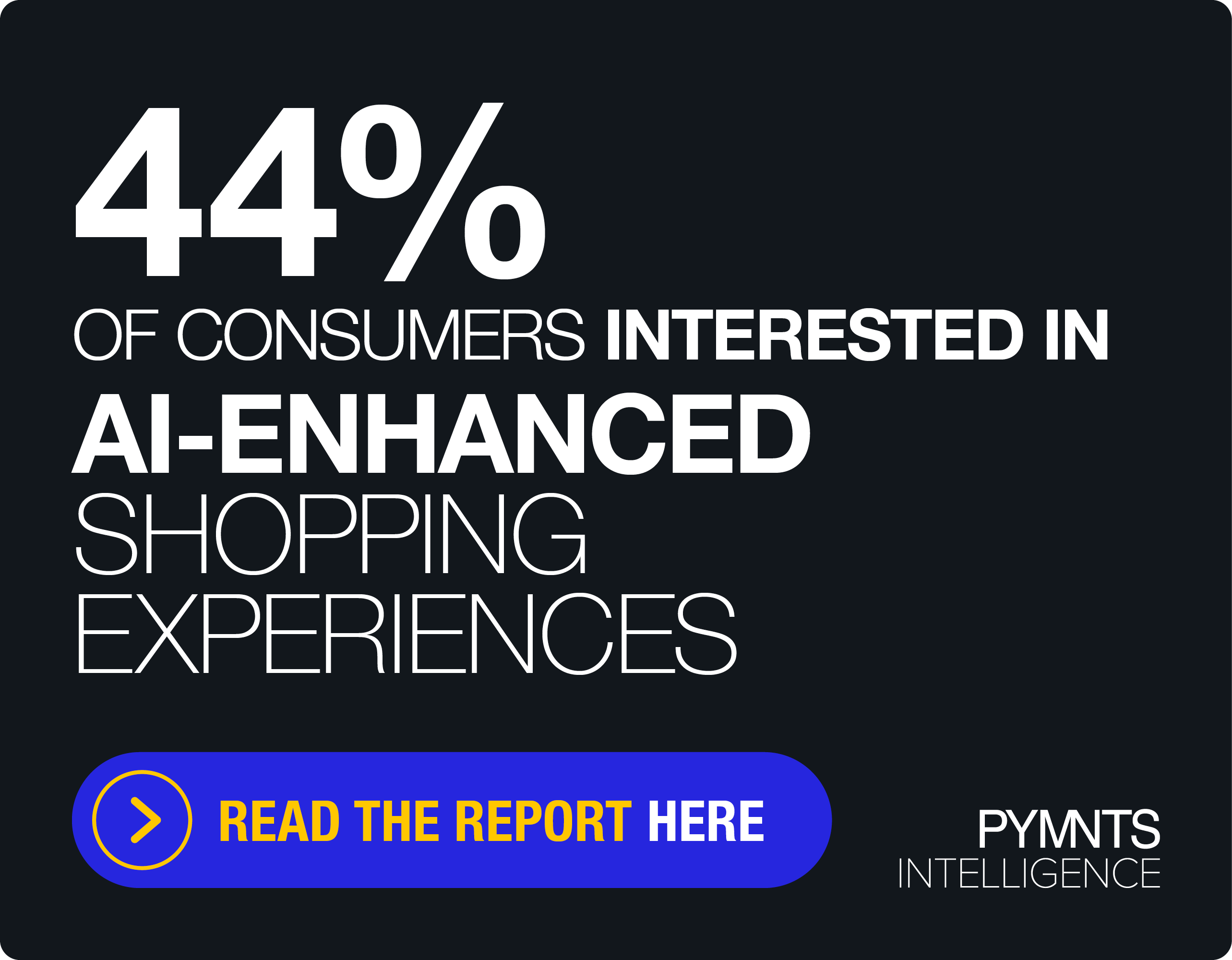Authentication Solutions Fuel The Journey Toward Digital Security

Few industries have taken to recent technological evolutions quite like the travel sector, which has molded itself expertly to digital progress. From purchasing transit tickets through eCommerce sites to checking into hotels from smartphone apps, entire itineraries can be planned, paid for and confirmed online. Of course, travel processes also require consumers to frequently authenticate their identities – a step that can be challenging to manage when operations are largely digital. For Amtrak, the decision to offer eCommerce and eTicket options to passengers required the supported of authentication technology, which has ultimately helped the company reduce fraud and increase approvals.
The push to bolster online security continues to gain traction throughout the world of digital identity. EMVCo, the organization that manages the EMV standard, recently took another step toward making worldwide commerce even safer when it added a “Payment Account Reference” (PAR) to the EMV Payment Tokenization Specification – Technical Framework. EMV technology has been steadily emerging as the industry standard, and a new report from MasterCard stated that the chip-based solution is now present in 67 percent of branded credit cards since being introduced in the U.S. last fall. EMV was recently praised by the American Bankers Association Card Policy Council during National Consumer Protection Week due to its fraud prevention capabilities.
The April edition of the Digital Identity Tracker™ features news and information from around the fast-paced world of online authentication, in addition to an updated directory of 119 digital identity players.
Amtrak gets on board with digital authentication
April’s cover story features an interview with Rick Ziolkowski, a payment authentication specialist for Amtrak, who described the company’s journey from paper ticketer to eCommerce giant.
Here’s a sneak peek:
Of course, adopting new technology also means taking on a whole new set of risks. For Ziolkowski, who was tasked with building out the company’s fraud risk management program, offering paperless tickets and transactions meant progressing beyond “first generation fraud” prevention tools toward more sophisticated solutions using multi-factor authentication.
Using the expertise he acquired during his time at Citibank, Ziolkowski searched for solutions that reflected his top payment risk “philosophy.”
“This is really the key to a lot of my [decisions] for fraud management – the issuer will always have the greater relationship with, and the greater of the consumer behavior, than any merchant,” he explained. “[Merchants] don’t have the greater insight that the issuer has – the payment patterns, the overall purchase behaviors, etcetera. Most people just use one single card for their consumer behavior. Even if it’s a corporate-commercial card, the issuer will always have the deeper relationship and therefore trump any merchant’s approval decision. The more data a merchant can provide to the issuer, the greater the issuer’s ability to improve their approval rates. …”
……………..
To download the April edition of the Digital Identity TrackerTM, powered by Socure, click the button below.
The PYMNTS.com Digital Identity TrackerTM, powered by Socure, is a forum for framing and addressing key issues and trends facing the entities charged with efficiently and securely identifying and granting permission to individuals to access, purchase, transact, or otherwise confirm their identity.
![digital_identity_download_here[1]](http://www.pymnts.com/wp-content/uploads/2016/04/digital_identity_download_here1-247x319.jpg)
